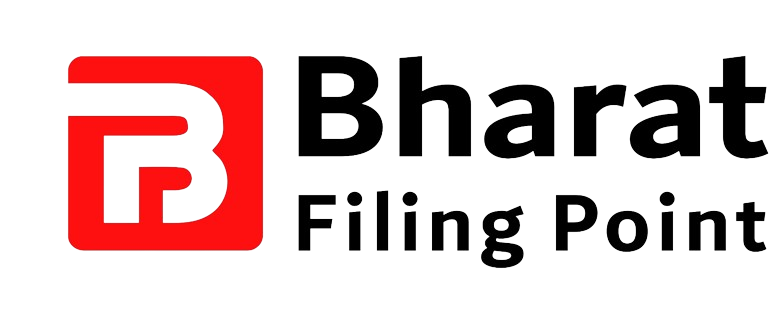Unlock the secrets of international trademark law and learn how to safeguard your brand’s identity across the globe effortlessly.
Table of Contents
Trademarks play a crucial role in establishing a brand’s identity and protecting its reputation. Whether you’re a small business owner or a multinational corporation, understanding trademark laws in India and beyond is essential for safeguarding your intellectual property. This guide will navigate you through the complex world of trademark procedures, from trademark hearings to logo designing and international trademark registration.
Trademark Hearing in India
A trademark hearing in India is a formal proceeding where the Registrar of Trademarks considers the registration of a trademark. It is typically scheduled when there are objections or oppositions raised during the trademark application process. During the hearing, both parties present their arguments and evidence to support their claims. It is important to prepare thoroughly for a trademark hearing to increase the chances of a favorable outcome.
Trademark Rectification in India
Trademark rectification in India is a process to correct errors or inaccuracies in a registered trademark. Common reasons for rectification include misspelled words, incorrect details, or unauthorized use of the trademark. To rectify a trademark, a formal application must be filed with the Registrar of Trademarks, along with supporting documents and evidence. It is important to address rectification requests promptly to avoid any legal repercussions.
TM Infringement Notice in India
Trademark infringement occurs when a party uses a trademark without authorization, leading to confusion among consumers or dilution of the original trademark’s distinctiveness. If you receive a TM infringement notice in India, it is crucial to seek legal advice and respond promptly. Failure to address infringement claims can result in legal action, fines, or even the loss of trademark rights.
Trademark Renewal in India
Trademark renewal in India is essential for maintaining the validity and protection of a registered trademark. Trademarks must be renewed every ten years to ensure continued legal rights over the mark. Failure to renew a trademark can result in the mark being removed from the register, leaving it vulnerable to infringement. It is advisable to keep track of renewal deadlines and submit the necessary paperwork in a timely manner.
Trademark Transfer in India
Trademark transfers in India involve the assignment or licensing of trademark rights from one party to another. The process may vary depending on the nature of the transfer, whether it is an outright sale, a licensing agreement, or a merger. It is important to ensure that all legal formalities are followed during a trademark transfer to avoid disputes or challenges in the future.
Expedited TM Registration
Expedited TM registration allows businesses to fast-track the trademark registration process, reducing the waiting time for approval. In India, expedited registration is available for certain trademarks that meet specific criteria. By opting for expedited registration, businesses can secure their trademark rights more quickly and start using their mark in commerce sooner.
| Protecting Your Brand: A Guide to International Trademark Law | |
|---|---|
| Country | Trademark Laws |
| United States | Trademark rights are granted to the first party to use a mark in commerce within a specific geographic area. Registration with the USPTO is not required but provides additional legal protection. |
| United Kingdom | Trademark rights are granted to the first party to register a mark with the UK Intellectual Property Office. Registration provides exclusive rights to use the mark in the UK. |
| China | Trademark rights are granted to the first party to register a mark with the Chinese Trademark Office. China operates on a “first to file” system, so registration is essential for protection. |
| Germany | Trademark rights are granted to the first party to register a mark with the German Patent and Trademark Office. Registration provides exclusive rights to use the mark in Germany. |
USA Trademark Registration
The process of trademark registration in the USA follows a similar framework to that of India, with some key differences in the application requirements and procedures. Understanding the nuances of US trademark law is essential for businesses looking to expand their brand presence in the American market. Working with a legal professional can help navigate the complexities of US trademark registration.
International Trademark
Expanding your brand internationally requires protection of your trademark rights in multiple jurisdictions. International trademark registration allows businesses to secure trademark protection in countries outside their home country. The process involves filing applications with international trademark organizations, such as the WIPO, and adhering to the trademark laws of each target country.
Logo Designing and Design Registration
Get
A well-designed logo is a crucial element of a brand’s identity and serves as a visual representation of the company. Designing a logo that is unique, memorable, and eligible for trademark protection requires careful consideration and creativity. Registering the design of a logo further enhances its legal protection, preventing others from using a similar design for their own purposes.
Can I apply for a trademark registration in multiple countries simultaneously?
Yes, you can file an international trademark application through organizations like the WIPO to secure protection across multiple countries in a single application.
What happens if my trademark application is opposed during a hearing?
If your trademark application faces opposition during a hearing, both parties will present arguments, evidence, and engage in negotiations to resolve the dispute.
Is it necessary to renew my trademark registration regularly?
Yes, trademark registrations typically require renewal every ten years to maintain legal protection and prevent the mark from being removed from the registry.
How can I protect my logo design from infringement?
To protect your logo design from infringement, consider registering the design for additional legal protection and promptly addressing any infringement notices received.

